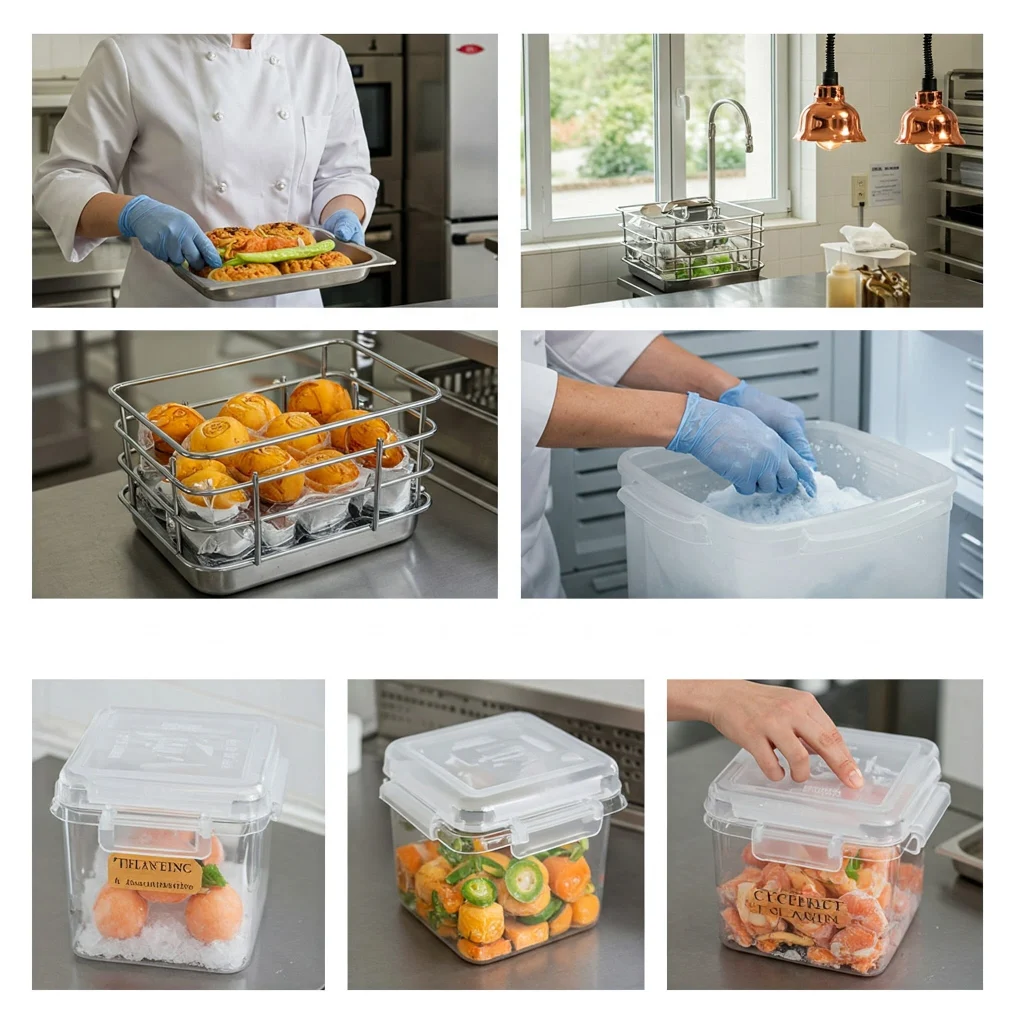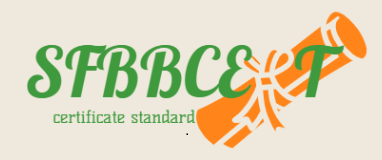
Given the importance of maintaining food quality and safety, understanding proper methods for chilling, freezing, and defrosting food is essential in every kitchen. This article provides a detailed overview of these processes and offers key tips to preserve hygiene and nutritional value.
To ensure food safety and prevent illnesses, restaurants must pay close attention to the SFBB standard. This guideline helps businesses maintain food quality and avoid health issues by following proper hygiene protocols.
Chilling
Keeping food at low temperatures prevents the growth of harmful bacteria. Some foods must be kept cold to remain safe, and should not be stored at room temperature, including:
Foods with a specified use-by date
Cooked meals
Ready-to-eat items like salads and desserts
Key tips for safe chilling:
Always follow the storage instructions printed on food packaging
Place foods that require refrigeration in the fridge immediately
Cool cooked food quickly and then refrigerate
During cooking, remove cold ingredients from the fridge only when needed
Regularly check fridge and freezer displays to ensure proper temperatures
When serving cold food, it can remain out of the refrigerator for up to four hours. After that, you should:
Discard the remaining food
Return it to the refrigerator
Refer to the “Safe Food, Sustainable Business” guide for more on cooling hot food
Fridge temperature:
The refrigerator should be set at 8°C or lower, though ideally it should be at 5°C, and the display should be checked regularly.
Freezing Food
To properly freeze and store frozen food, consider the following tips:
Place frozen food in the freezer immediately after purchase
For fresh items you intend to freeze, do so as soon as possible
Divide food into smaller portions and store in freezer-safe containers or bags
Check expiration dates and use food within its “best before” period
Some seafood items that are eaten raw or partially cooked must be frozen beforehand
Refer to the labeling guide for more information on freezing food before the expiry date.
Defrosting
Defrosting food in the refrigerator is the safest method, as the food remains at a safe temperature during the process. If this isn’t possible, place the food in a container and run it under cold water. However, raw meat and poultry should only be defrosted this way if placed in a sealed container.
You can also defrost food using the defrost setting on a microwave.
Before cooking, food must be completely thawed unless the packaging clearly states: “Cook from frozen.”
Boosting Food Safety with SFBBCERT
If you’re involved in food preparation or run a food business, following proper hygiene practices not only improves product quality but also builds customer trust and expands your market reach.
By registering with SFBBCERT, you can:
Implement essential hygiene standards and obtain necessary certifications
Improve the quality of your food offerings
Reassure your customers with high safety and quality standards
Increase sales and access new markets
Register today with SFBBCERT and stay ahead of the competition!

No comment